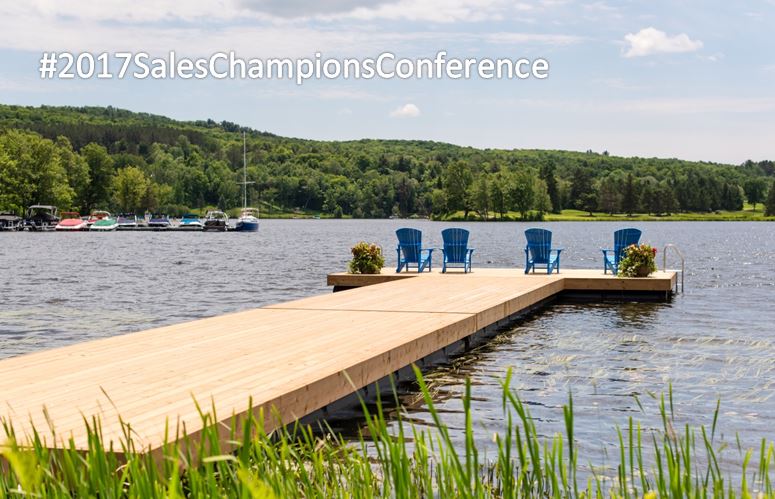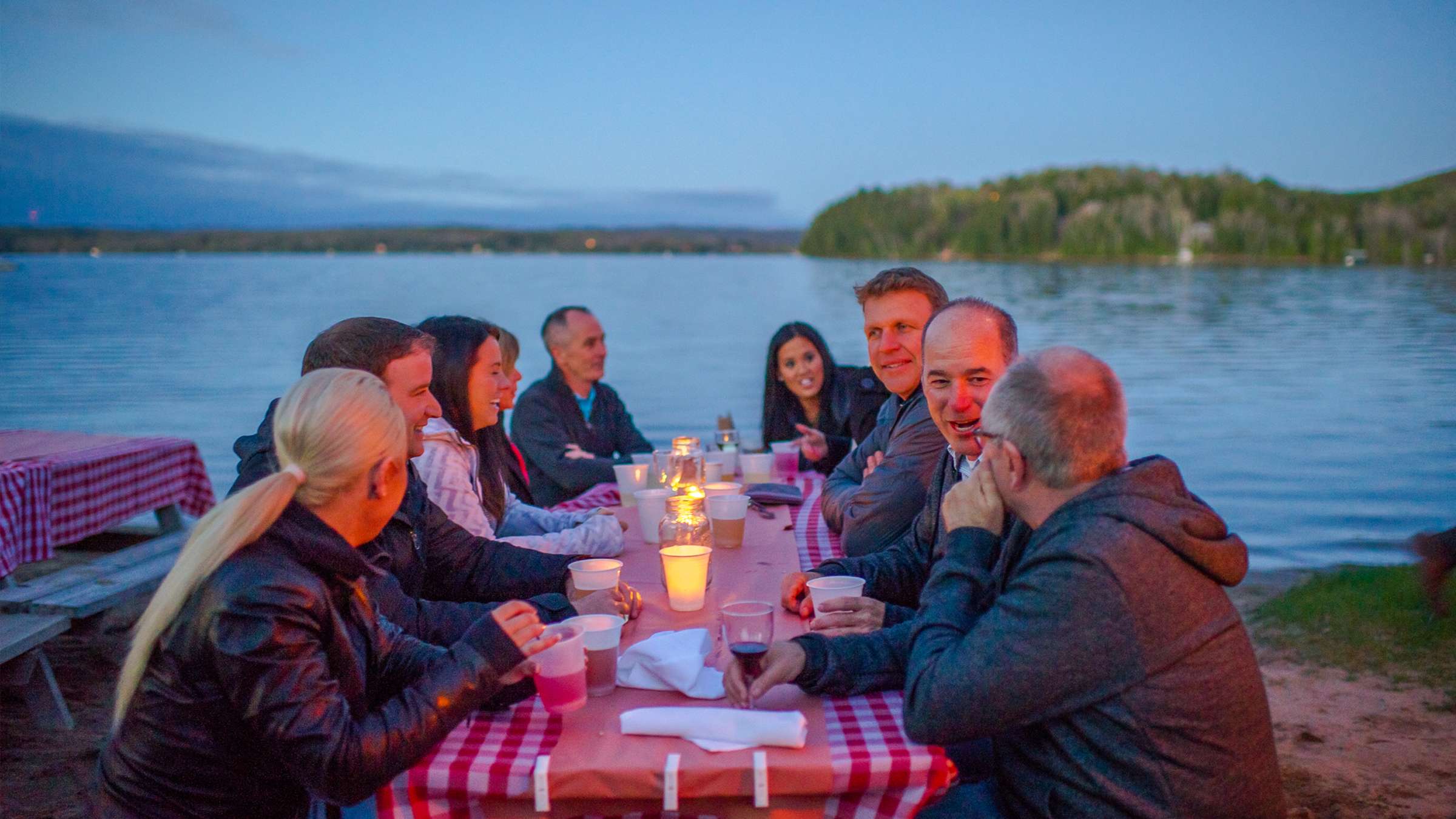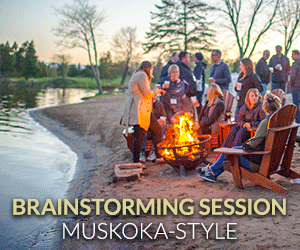How to Create Legacy Content for Your Meeting
Eight steps to ensure your meeting lives on long after attendees have gone home
You work hard to make your meetings unique and memorable. But have you thought about how the content generated at these events can also make a lasting impact? With so many things to consider when organizing and executing a successful meeting, such “legacy content” is often overlooked or is an afterthought. That’s a big missed opportunity.
What is Legacy Content?
Conferences and meetings can generate a ton of content. Pictures, videos, slideshows, packaged through social platforms like Facebook, LinkedIn, Twitter and Instagram, and your corporate blog. So how does it become “legacy content”? When people look back on a conference and are reminded of what it was about and what they learned, then it becomes legacy content. And it reinforces the investment you’ve made in your meeting.
We’ve all been to meetings where the insights were few and far between. And we’ve been to conferences where great ideas are coming hard and fast so it’s tough to keep track of them. Legacy content is there to cut through that noise, summarise what’s important, and provide a simple, useable reminder of key things learned at the conference.
So how do you set yourself up for good legacy content? Here are eight concrete steps.
Step One: Kick-Off Content Early
Weeks before your conference, you want to be creating and sharing a little content. Why? You’re getting your conference attendees excited. It’s as simple as taking a picture of your breathtaking conference site and sharing it on social media with your event hashtag.

After all, we all know that conferences can be hit or miss. Weeks prior, your conference attendees don’t know if they’ll be inspired or bored at your event. By sharing a great image, you’ll have your enthusiastic attendees getting excited and sharing said excitement over social, while your more cynical attendees will be telling themselves, “Hey, if we’re bored at least it’ll be somewhere gorgeous.”
Something to keep in mind: You’re doing this to encourage meeting attendees to participate in creating and sharing content.
Step Two: Leverage Your Speakers – Before They Speak
You need to know what speakers and performers will be saying and doing prior to your conference. Why? Well, this way you can both promote content now and get a jump-start on creating your legacy content based on their presentations.
Step Three: Make a Quick Sharing Schedule
Of course, you should follow this up with useful stuff like agendas and information about speakers. Aim to share something every day over social media in the run-up to your meeting. You’ll get an idea of what the most sharable content is, what the opportunities for engagement with conference attendees are, and you’ll figure out what the best way to share will be.
Step Four: Get Ready to Document
We know—it’s 2017 and everyone is taking pictures and video with smartphones. That’s great and you want to encourage sharing. That said, if you want great legacy content, then you want your speakers professionally recorded. You want a cameraperson to film the whole thing—maybe two if you’re filming people asking questions too. An audio person to record the event. A roving photographer.
The idea here is to give yourself options when creating legacy content. Sure, a keynote with a Q&A can become an hour-long video, but it can also be a podcast, an interactive slideshow, and/or an interview in the company newsletter. Like this one.
This is an interesting interview. But not everyone is going to watch a half-hour interview—so a good legacy content curator should take the audio and turn that into its own content, or transcribe it and create textual content.
Step Five: Create Bite-Sized Versions of Big Content
Let’s go back to a hypothetical keynote. A well-produced video recording sounds like great legacy content, but you shouldn’t stop there. Create a shorter version of the video that just hits key points. You can even get even smaller (and more shareable) by sticking a key quote over your speaker’s picture. Like so.
Step Six: Be Proactive About Involving Attendees
It’s great that your attendees will be tweeting things and sharing pictures over Facebook. But in terms of legacy content, you want a little more. So get your cameraperson and start talking to attendees. And encouraging your attendees to share their own content from the meeting using a predetermined hashtag.
Of course, if you want to feel less like a reporter doing a man-on-the-street interview, you can look through some of that stuff your attendees are saying over social media during the meeting and get your more interesting attendees to repeat their observations and questions for your camera.
Step Seven: Curate!
So, your event was a huge success and you have a ton of content. That means you can just post it all, right?
Well, no. If you want legacy content worth returning to, it’s a better idea to go through all the content you’ve created and “curate” it. That means you cut everything that isn’t excellent. Be ruthless. Because if you don’t sort the wheat from the chaff, it means the people looking through your content have to, and they shouldn’t.
Step Eight: Start Sharing
We bet you can take it from here.
Looking for new ways to inspire your team? Deerhurst Resort is your gateway to exploring the great outdoors in Muskoka – and the ideal backdrop for creating legacy content – because trust us, everyone will remember their time spent at Deerhurst. Get in touch. Email us or call 1-800-461-6522.


